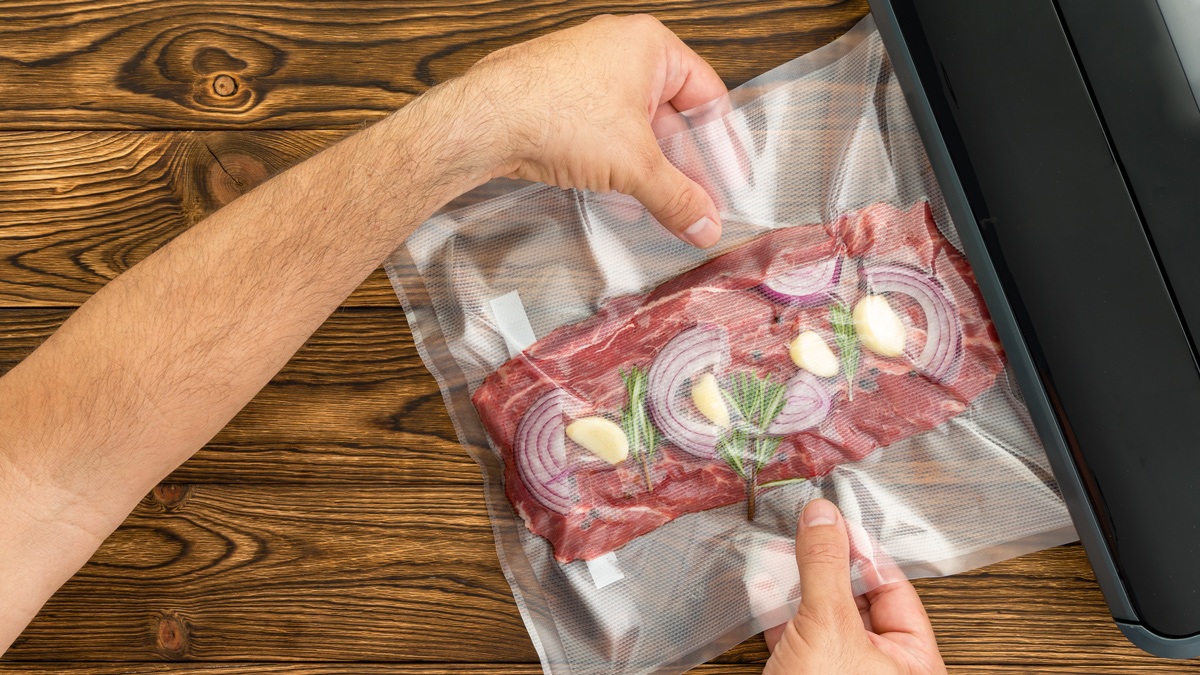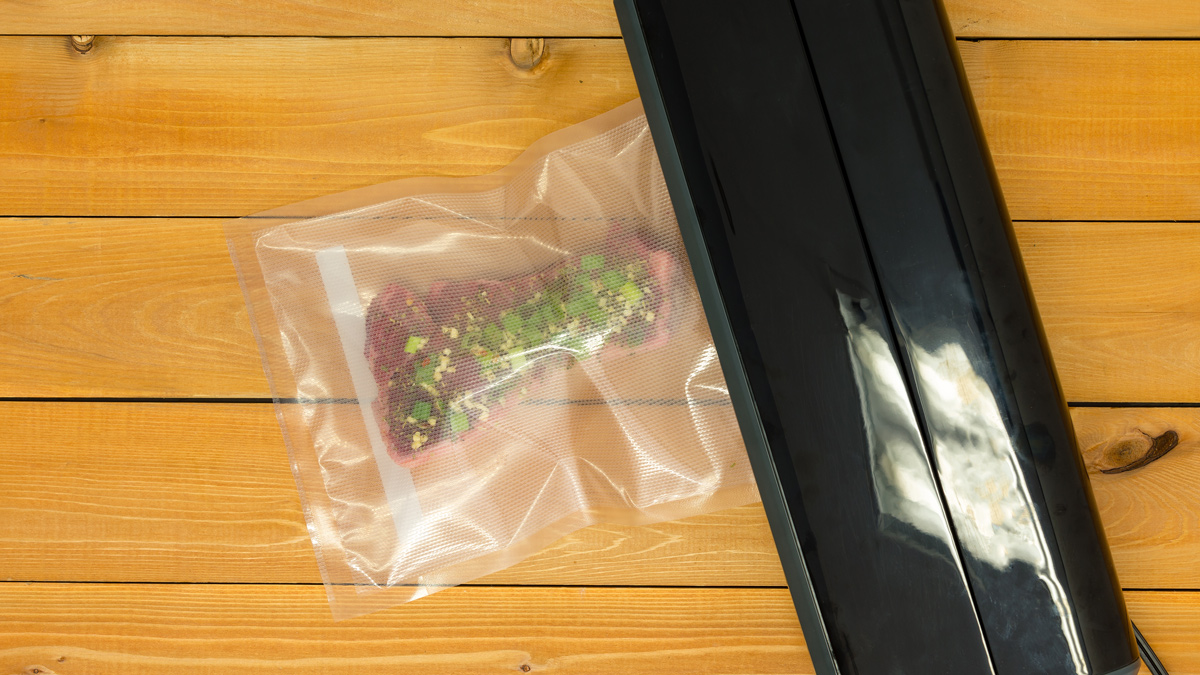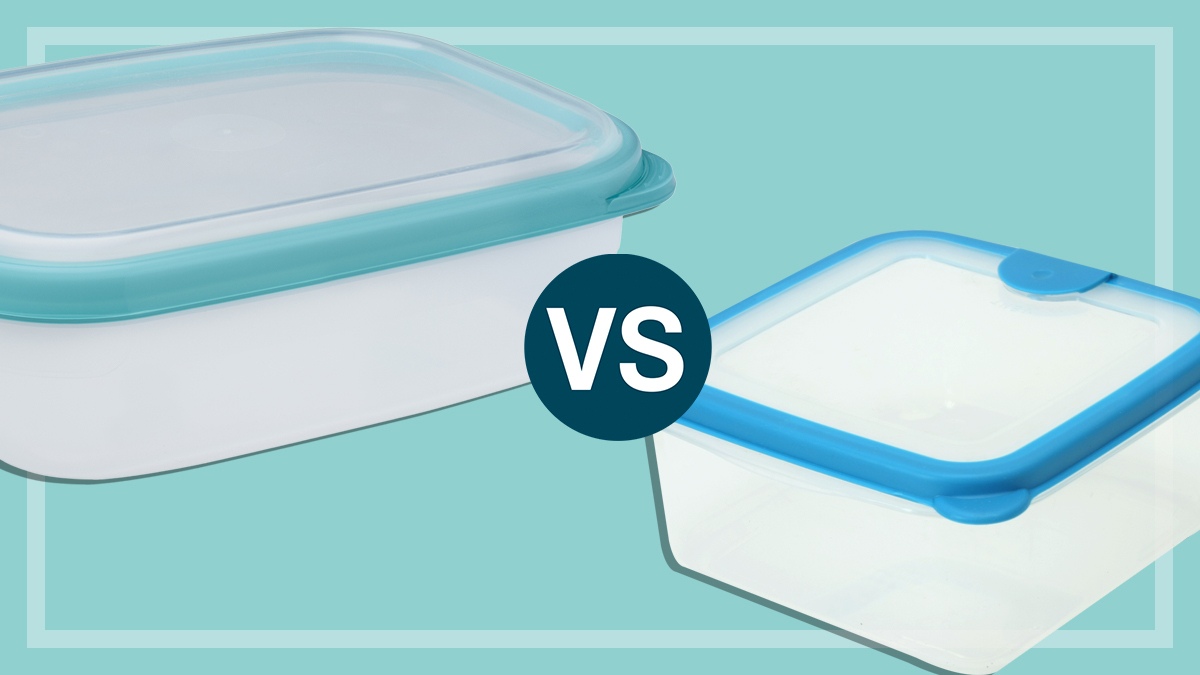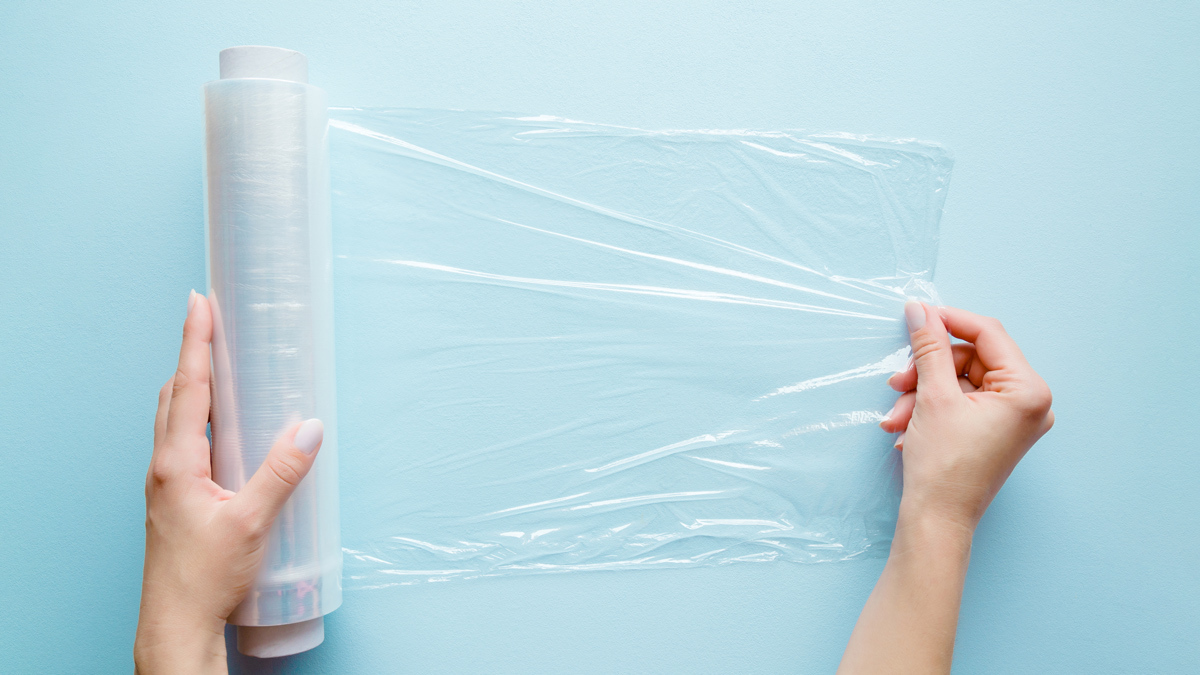Get our independent lab tests, expert reviews and honest advice.
What to know before buying a vacuum sealer
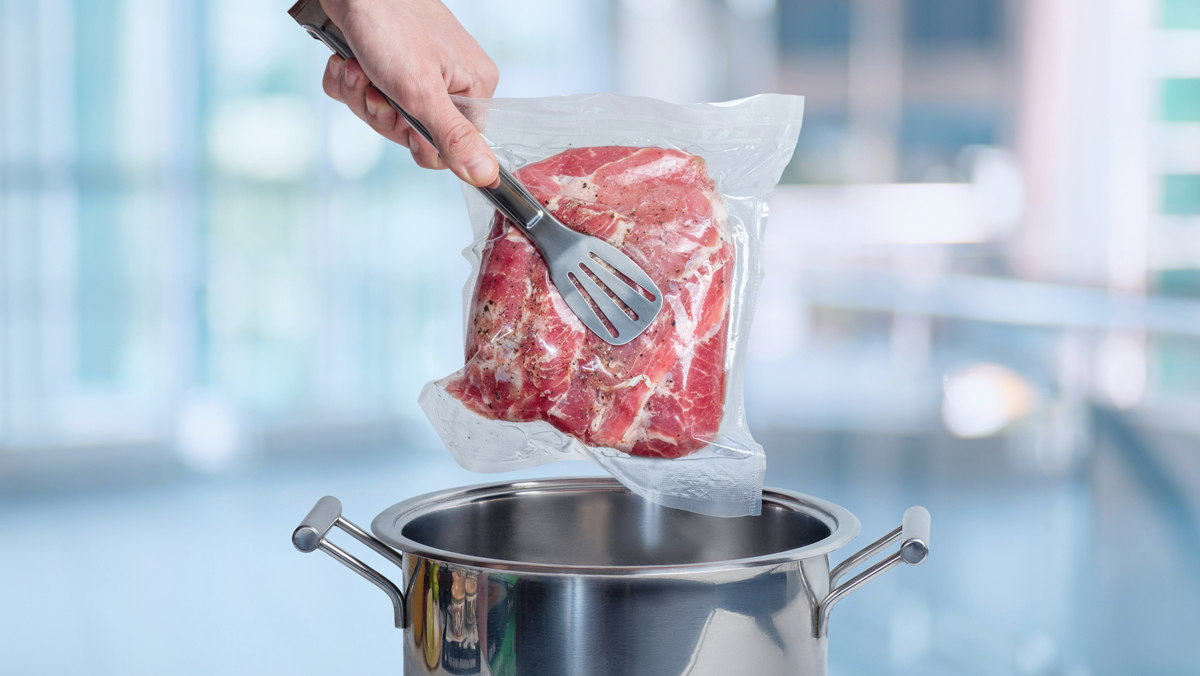
Vacuum sealers help food last for longer by removing the air around it, which makes them a handy option if you’re shopping in bulk and want to store large portions of meat, fish, vegetables or pantry items. Packing food this way can also help to save on storage space in your pantry, fridge or freezer.
On this page:
- What is a vacuum sealer?
- How to use a vacuum sealer
- How much do vacuum sealers cost?
- Is it worth buying a vacuum sealer?
- Alternatives to using a vacuum sealer
- What to look for when shopping for a vacuum sealer
- Food safety considerations
- Can bacteria grow in a vacuum-sealed package?
- Vacuum sealer tips from our kitchen experts
Here we explain how they work, how to use one, whether they’re worth buying and the alternatives you could consider when storing your food.
What is a vacuum sealer?
A vacuum sealer is a kitchen appliance that comes with dedicated vacuum sealer plastic bags, ziplock bags or canisters that you place your food into. The machine then removes the majority of the air from the bag or canister and then seals them in an attempt to slow the process of food spoilage.
How to use a vacuum sealer
You start by placing the food in a vacuum sealer bag. These usually come as either an individual bag or in a roll that you cut according to the size of the food you’re sealing (some models have an inbuilt cutter which makes them easier to use). The vacuum sealer then removes the air from the space around the food. The process used to remove the air depends on the type of vacuum sealer you’re using.
There are three types of vacuum sealers:
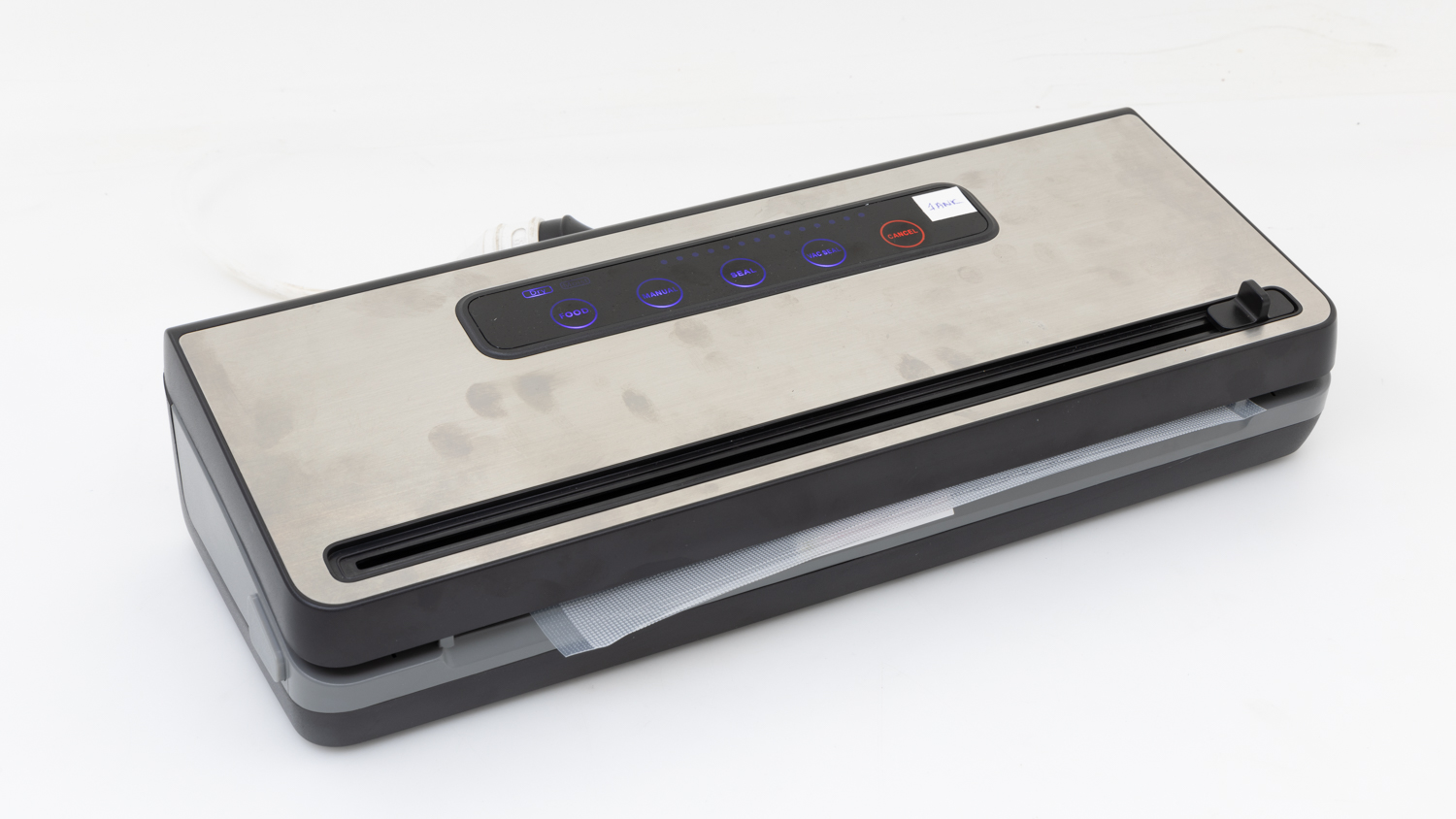
Edge vacuum sealers
These typically have a long narrow vacuum chamber that you place in the top of the bag to vacuum the air out. They use suction to remove the air, with a heating strip in front of the chamber to seal the bag closed after air extraction is completed (it helps if you manually assist the process by pushing the air from around the item being sealed and towards the front of the bag).
This helps to prevent the air from leaking back into the bag. Some edge sealers also come with a handheld attachment, increasing their versatility and making it possible to use them with vacuum canisters.
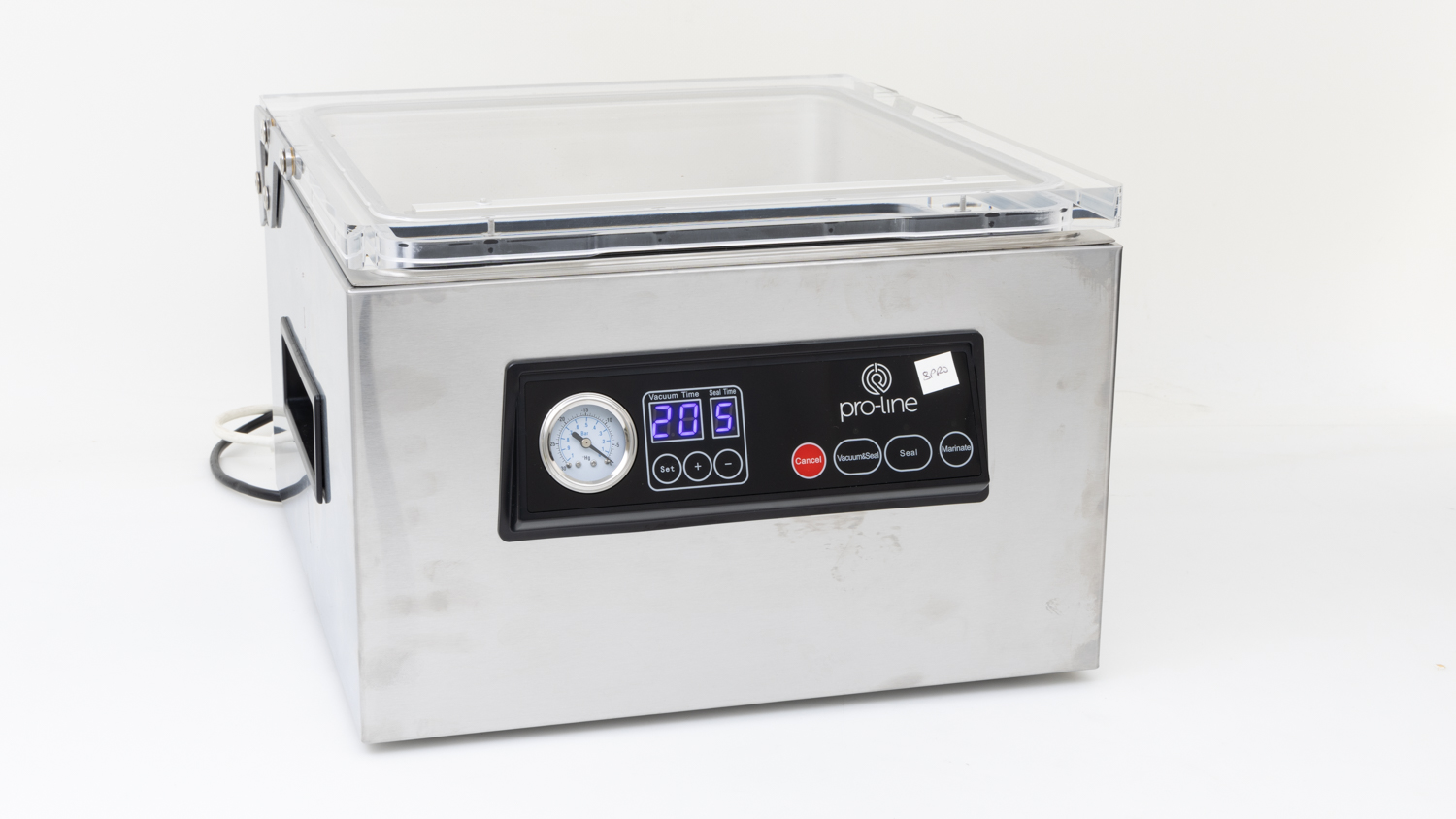
Chamber vacuum sealers
These are larger, pricier and often used in more commercial settings. If you’re using one at home, you’ll need to make sure you have dedicated space on your benchtop for it. This type of vacuum sealer uses a pressurised chamber, rather than suction, to remove air. Some chamber sealers also come with a special bowl for marinating food.
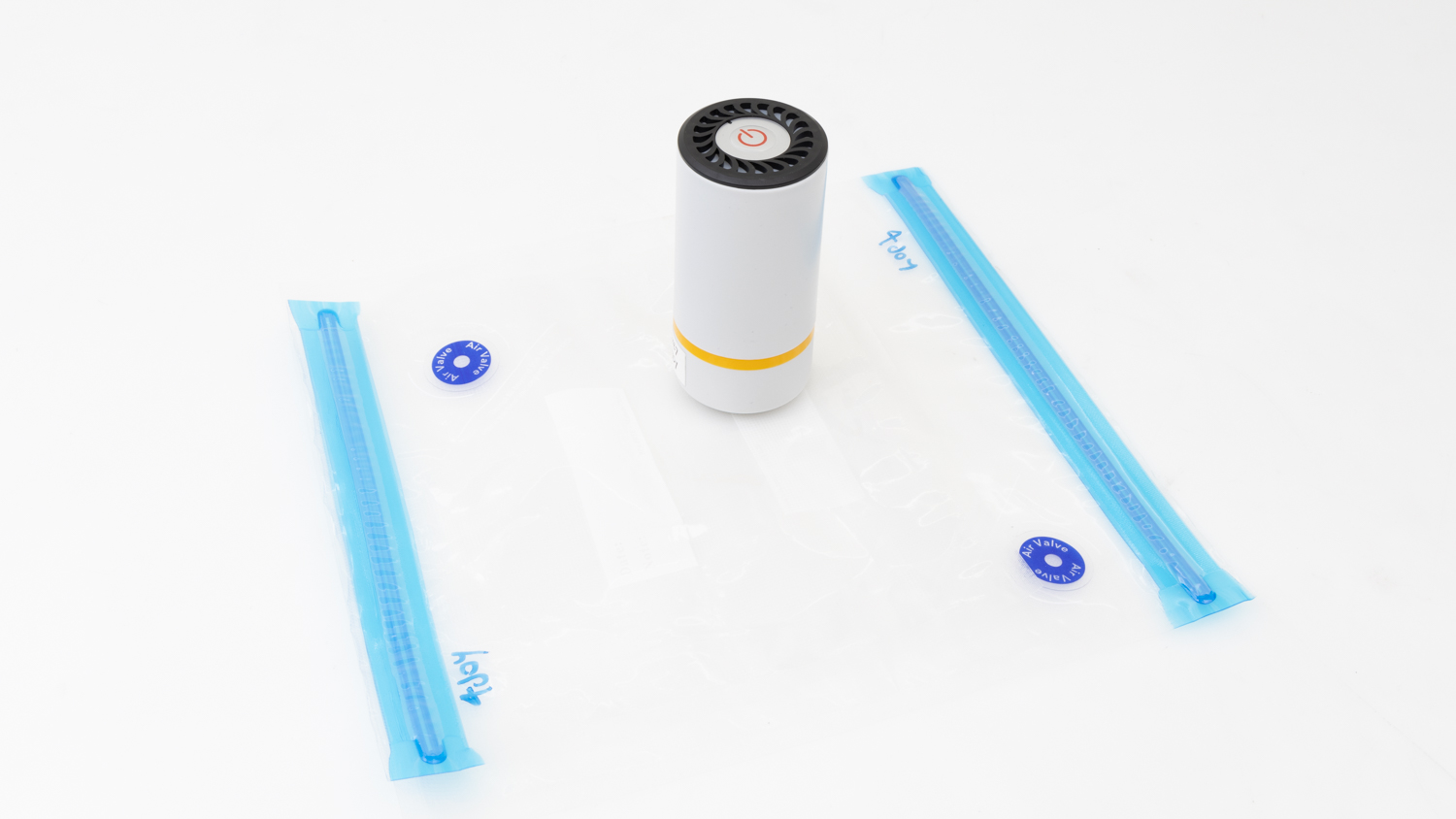
Handheld vacuum sealers
These are ideal if you’re considering only storing small portions of food or sous vide. They’re usually cheaper than other types, but the bags tend to be more expensive than edge sealer bags or rolls. With this type, the handheld machine is held on a vacuum port in the sealer bag.
Once switched on, it sucks the air out of the bag (it helps if you manually assist the process by pushing the air from around the item being sealed and towards the vacuum port).
How much do vacuum sealers cost?
The vacuum sealers we tested range in price from $23 for a handheld model up to $1600 for a chamber vacuum sealer. There are also ongoing costs associated with buying extra vacuum sealer bags or rolls. In our test, prices for dedicated vacuum sealer bags ranged from $14.95 for a 10-pack to $19.95 for 100 bags. Replacement rolls ranged in price from $20 up to $89.95. By comparison, a Ziploc-branded bag costs $6.60 for a 100 pack, though there are cheaper generic versions.
Is it worth buying a vacuum sealer?
A vacuum sealer isn’t for everyone and there are other alternatives that can be used when it comes to storing your food. However, in some instances a vacuum sealer might come in handy.
- Freezer storage: Vacuum sealing food is a great way to minimise freezer burn on food stored long-term in the freezer.
- Bulk buying: If you bulk buy your meat or like to take advantage of fresh food specials, a vacuum sealer can be a useful way to split fresh produce into convenient, meal-sized portions for storage in the freezer. The savings from bulk buying can make the cost of a vacuum sealer worth it.
- Reducing waste: If you’re finding you’re throwing out lots of food because it’s turned bad, a vacuum sealer might help by letting you portion your food, vacuum seal it and store it in the freezer for later use. Some preparation may be required depending on what you’re freezing. Remember to always label the bags with their contents and the date it was sealed.
- Batch cooking: If you tend to cook in large batches, a vacuum sealer can be a useful way to seal future meals.
- Sous vide: If you like to cook using the sous vide method, then a vacuum sealer could be worthwhile. More often than not, a handheld model will be sufficient, and they take up significantly less storage space than other types.
- Travelling or camping: A vacuum sealer can be useful outside the kitchen, too. They can help organise messy drawers, reducing clutter and preventing small items from going missing. If you’re a frequent camper you can vacuum seal extra food or items that you want to make sure remain dry. You can even vacuum seal toiletries when travelling to prevent them from exploding and spilling all over your clothes.
- Living in a potential flood zone: A vacuum sealer may be used to seal important documents and other valuables for extra protection if you’re worried your home may flood. You might also want to vacuum seal items like flashlights or phones for extra protection while still being able to use them.
Be mindful that vacuum sealers tend to have issues with their seals and heating strips over time, and manufacturers may not always provide these as spare parts. So if a part fails, the whole appliance may be useless. Look for models that come with spare parts, ideally those that will be available for at least a few years after you buy (a call to the manufacturer should provide this information).
There’s also a lot of plastic use associated with vacuum sealing. If you’re trying to avoid plastics, there are other storage alternatives to consider. It’s also worth noting that we found some vacuum-sealed foods had a slight plastic taste.
Alternatives to using a vacuum sealer
A vacuum sealer isn’t a must-have for your kitchen. If you’re not keen on having another appliance in your life, there are other food storage alternatives, such as:
- storing food in the right part of the fridge/freezer at the right temperature
- leaving food in its original packaging for short-term storage
- storing fruit and vegetables in a glass container lined with a paper towel
- portioning meat using freezer bags
- freezing foods in suitable reusable storage containers
- using sealing clips to close opened packs of food.
Our kitchen experts tested vacuum sealers against some other storage options to see which worked best.
- Freshness test: We compared vacuum-sealed Cheezels versus an open bag folded over and held closed with an elastic band. The elastic band method was very good and, in some cases, better than the result from vacuum sealing.
- Fridge storage: We compared vacuum-sealed chicken with storing in original packaging (an unopened tray); and storing in a zip lock fridge/freezer bag after the chicken had been washed and patted dry and had the air taken out using a water bath. The chicken was assessed one week after the best-before date. While some vacuum-sealed portions were in a marginally better condition than those stored in the original container or zip lock bag, none were still fresh enough to be consumed.
- Freezer storage: We compared vacuum-sealed chicken with storing in original packaging and with storing it in a zip lock freezer bag with a double seal that had the air taken out using a water bath. Vacuum sealing proved to be the better option. While the chicken sealed in the original packaging was OK, the chicken in the zip lock bag had many air pockets with crystal formation and a small amount of freezer burn.
- Spinach leaves: We stored washed and ready-to-eat packs of baby spinach leaves in the fridge four ways: in the original unopened plastic bag; the original opened plastic bag; a glass container covered with paper towels and a plastic lid; and vacuum sealed using canisters. When we assessed them 10 days past the use-by date, we found that the sealed glass container with paper towels gave similar results to the vacuum-sealed canisters.
What to look for when shopping for a vacuum sealer
In-built roll storage and cutter bar
This keeps all the parts of your vacuum sealer together. The cutter bar allows you to customise the length of your bag to suit what you want to seal.
Size
If you don’t have much storage or bench space, then look for a compact edge sealer or handheld vacuum sealer. Chamber models will need to live on your benchtop and can take up valuable space. When vacuum sealing with an edge type you’ll also need to allow for plenty of space between you and the machine to accommodate the size of the bag (the bag needs to rest as flat as possible on the bench when vacuuming and sealing).
Vacuum sealer bags
While some models come with a roll or a number of bags to get you started, replacing them is an ongoing cost. Bags come in pre-cut sizes while rolls allow you to customise the size of the bag to suit your needs. Reusable bags can save on waste but we don’t recommend reusing the bags if they’ve been used for raw meat, poultry, fish or dairy products, or if they’ve been heated. It’s also a good idea to make sure the bags are freezable.
We don’t recommend microwaving in the bags – food should be taken out of the bag and placed onto a microwave safe dish. There are many generic vacuum sealer bags available, but they may not always work well with your specific vacuum sealer. The sealers can also be used to reseal the original plastic packaging of some food items like chip or cereal bags.
Waiting time
Some models require you to wait 20 seconds up to a minute between cycles, while others allow continuous cycles with no waiting time. The waiting time will become very annoying if you’re vacuum sealing in bulk.
Settings
Vacuum sealers may come with various settings like dry, gentle, moist, marinade and sous vide. However, in our test we didn’t find the individual functions to be particularly useful – a single vacuum seal function is all you really need.
Spare parts
It’s not common for this appliance to come with spare parts but a few of the models we tested did provide an extra sealing gasket and/or heating strip. This is handy as these are the parts that commonly fail in vacuum sealers.
Food safety considerations
Vacuum sealers may be hailed as being able to magically extend the life of your foods, but this isn’t really the case. Remember:
- Vacuum sealing is not a substitute for refrigeration or freezing.
- All the usual food safety advice applies to vacuum-sealed foods.
- Always label the container or bag with the contents, original use-by date and the date of vacuum sealing.
- Fresh food is unlikely to keep past its use-by date in the fridge, even when vacuum sealed.
Can bacteria grow in a vacuum-sealed package?
Yes, as vacuum sealing (removing oxygen for food storage) provides an environment that allows anaerobic bacteria to thrive. This bacteria develops without the presence of oxygen, meaning it can grow in a vacuum-sealed pouch and can potentially pose a health risk. Even more concerning is that it can show no indicators (e.g. odour and sliminess) to warn you that the food is spoiled.
If you find a vacuum sealed bag has signs of air leaking back in, or has expanded with air, discard the contents.
Safety tip: Soft cheeses, fresh mushrooms, onions and garlic should never be vacuum sealed due to the risk of anaerobic bacteria growth.
Vacuum sealer tips from our kitchen experts
- Label the bags. Write the original use-by date, the contents of the pack and the date it was sealed.
- Don’t put vacuum-sealed bags of frozen food directly into the microwave to defrost. Instead, remove the bag and place frozen food on a microwave-safe plate or bowl.
- If you’re sealing greasy, moist or messy foods, fold the top of the sealer bag outwards before placing the food in the bag, then fold it back. This helps keep the sealing section free from grease.
- Some manufacturers recommend pre-freezing fresh meat for a few hours before vacuuming, claiming this ensures the shape and moisture is retained in the food.
- Liquids can be vacuum sealed but may need to be frozen first – even for chamber type vacuum sealers.
- Read the instructions for information about what shouldn’t be vacuum sealed and health and food safety issues. Follow the recommendations regarding the space needed between the food and seal, as this will give the best results.
- Many models don’t have a separate power-on switch and don’t switch off automatically, so you’ll need to remember to manually switch it off at the power point when you’re done.
- If you’re using vacuum sealer containers, don’t lock the lids when storing, as this can damage the seals (remember to follow the manufacturer’s instructions).
- When storing edge type vacuum sealers, do not lock the lids, as this will damage the sealing gaskets and heating strips. Some have “store” settings which you should use instead. Otherwise, simply store them unlocked, and don’t place anything on top of them.

